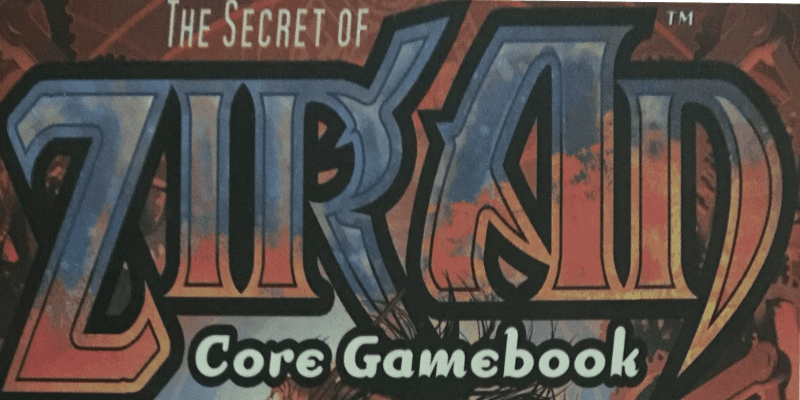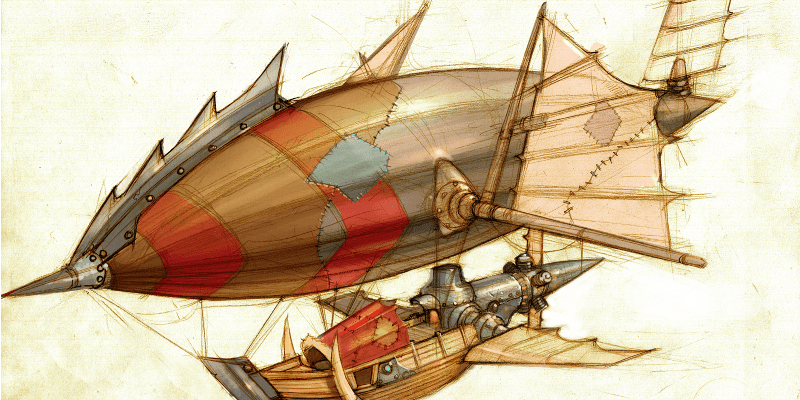The Secret of Zir’an, Part 2
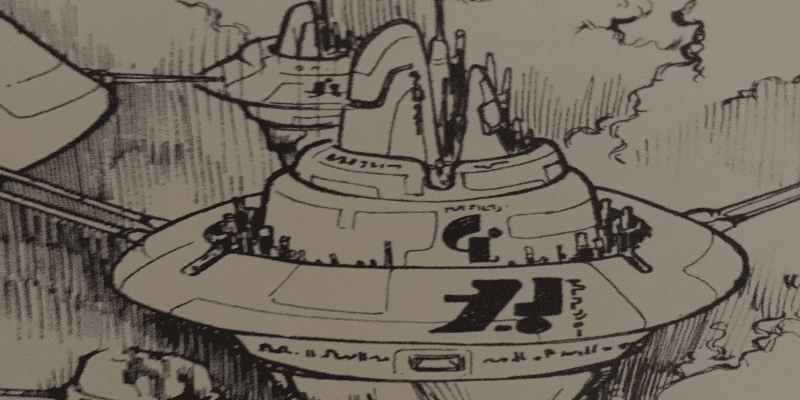
Last time on Performance Check, I began to take a look at an older RPG by the name of The Secret of Zir’an. While the game’s reputation as one of the worst RPG books ever published is deserved, it’s not due to the content. This week, I am picking up from where I left off, and covering skills. As a brief reminder, this game was published back in 2005. Context is important when talking about progressive design, after all.
Part One | Part Two
Weirdly, the sidebars being on an entirely silver background is a good choice for the book. While it makes it damn near impossible to read in any sort of direct light, it is wildly better than the mess of the rest of the background text. This is important as the at-a-glance finesse difficulty charts are very good, and it would be a shame to bury them. The game only has four levels of difficulty for skill tests, with built-in gating, so it is important to clearly delineate what fits where. It’s not an exhaustive list, thankfully, but with a chart for each aptitude category – knowledge, personal, and social – it gives you a definite idea. For example, if you are using the healing skill, from the knowledge parent aptitude, administering first aid to a surface injury is a basic difficulty (a result of 10 is needed), treating life-threatening injuries is an advanced difficulty (15), performing surgery is an expert difficulty test (20), while elite difficulty (25) is something like biomedical engineering surgery. I love the fact this last one fits the setting so clearly. It really fits the fantasy World War I vibe.
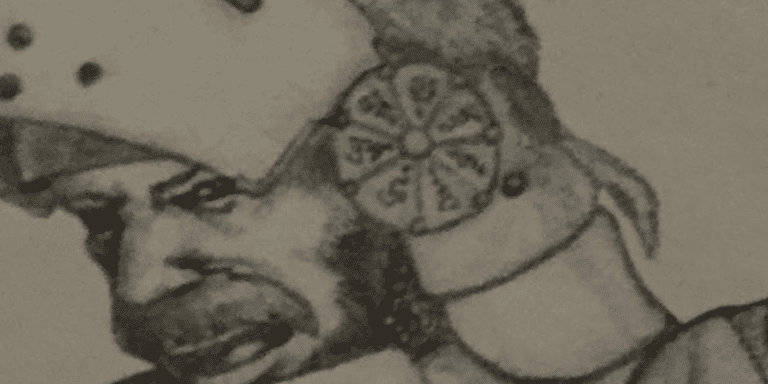
Knowledge is Power
The knowledge aptitude is the parent aptitude for area knowledge, healing, lore, mechanics, rune magic, science, and tracking urban/wilderness, all governed by different statistics. There are a couple of really strange things going on here. Let’s address the fact that half of the skills listed here are really headers for sub-skills. Now, this is a White Wolf-inspired game, so a massive amount of specific skills is hardly unusual. Specificity fetishism is a thing, is all I am saying. Another item of note: every skill listed is based on the Intelligence statistic, except for tracking, which is Perception-based.
Area knowledge is different than the others in this category, in that it encourages player creation of the area you are defining. One player might have something akin to area knowledge: State of New York, while another might have area knowledge: New York City. It’s a bit different than something like knowledge (local) in D&D because of the varying levels of depth this skill encourages. You can, of course, take it multiple times. The lore skill is also similar, but the category suggestions are broader than area knowledge. The most specific lore examples given are things like aircraft, poisons, or rune magic, while the general lores examples are modern technology, herbalism, and the occult. Herbalism can tell you how you might cure or create a poison, while poisons would provide knowledge on handling, identifying, and using poisons. Science is yet further high-level than lores, as the lowest level it suggests are things like biology, chemistry, and zoology. Tracking Urban/Wilderness is really two skills, and you have to choose one or the other when you pick the skill. This is all an older design aesthetic, for sure.
This contrasts with healing, mechanics, and rune magic, which are just categorizations. Rune magic is one of two magic types in the game, and knowledge in rune magic is required if you are a magic user. This is akin to both arcana and spellcraft in contemporaneous d20 games, but it also governs your spell strength and library. I will go into the spell systems later, but this is one of the two main systems. The other magic system is not knowledge-based. This starts the differentiation between the two magic schools right away, which is great. Mechanics applying to all mechanical devices is a good choice, because the game doesn’t want the technology implementations to be pre-defined. You might decide you want runed iron power armor, or you might decide you just want things like clockwork. Either way, mechanics plays a big role.
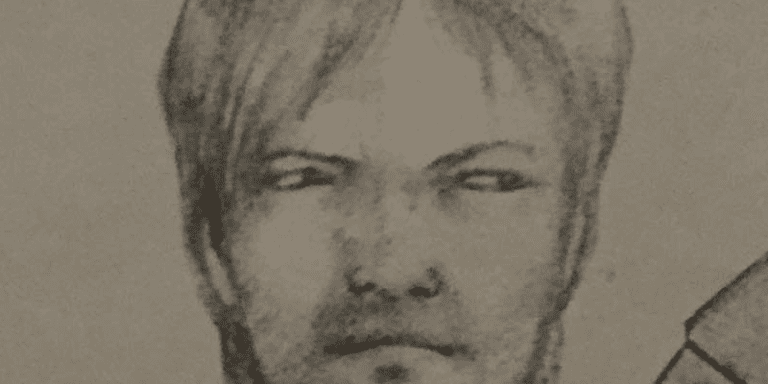
It’s Personal, Gawd!
The personal aptitude skills have a wider variety of statistics attached them. The majority are based on acuity or reaction, though intelligence, perception, physique, and even shadow see use. The personal aptitude skills are also the most numerous. This is hardly surprising; this category is all skills that rely on individual practice to achieve mastery. The game’s other magic system, Shadow magic, is governed by the shadow statistic, unsurprisingly. As the knowledge aptitude before it, there is an at-a-glance chart to sum up the difficulty levels. This is interesting, as even more than knowledge, this shares the different power levels of the game. We’ll touch more on this when we get to character creation. Losing yourself in a crowd is a basic difficulty (10), vaulting a balcony rail is advanced (15), “circus act stuff” is expert difficulty (20), while fighting on a tightrope checks at elite (25).
The personal aptitude covers the artisan (ACU), athletics (PHY), awareness (PER), disguise (INT), driving (REAC), meditation (ACU), melee short/medium/long (REAC), occupation (INT), pilot (REAC), ranged weapons small/medium/heavy/fixed (REAC), riding (REAC), security (INT), shadow magic (SHADOW), sleight of hand (ACU), slight of hand (ACU), stealth (ACU), survival (ACU), and unarmed (REAC). Woof. That’s a lot of skills. However, you’ll notice that acuity and reaction are the main statistics for this category, though others make an appearance. Quick reminder: reaction is a derived statistic, comprised of acuity, intelligence, and physique. Artisan, melee, occupation, and ranged all require you to specialize in a specific area, though you can choose multiple if you take the skill more than once. There are a bevy of battle arts and martial arts associated with weapons of all sorts, and your finesse level determines which you can use. We’ll cover all of those later.
The cool thing in this section are the driving and piloting skills. Instead of limiting these skills to a single vehicle or expanding to all vehicles, these skills encourage the player to discuss which vehicles make sense for the character. The character creation methodology plays into this on a mechanical level, but the bounds of the mechanics and created character story is a conversation between the GM and the player. I love the approach to these two skills. It puts emphasis on character integration with the world, and provides assistance for world building.
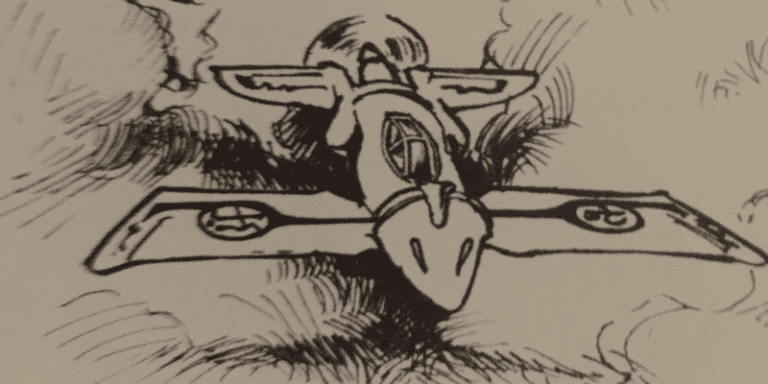
Social Distortion
To round out skills, we have the social aptitude category. This category has more than knowledge, but less than personal. We have connections (ACU), connive (INT), conversations (ACU), intimidation (ACU), intuit (PER), leadership (INT), seduction (ACU), and socialize (ACU). The sidebar at the beginning gives us some of the following examples: passing off a small, believable white lie is basic difficulty (10), intimidating the average thug is advanced (15), seducing someone away from guard duty is expert difficulty (20), and calming a mob is elite difficulty (25).
Connections is the interesting skill here. If you have played White Wolf games, you probably have a connections and resources story. If it was a group game, you probably had one hyper-wealthy and connected person, one or two doing ok, and several poor slobs that were supported by the other characters. This is pretty typical stuff. Connections here is different enough to make me happy. First, the game makes it clear your connections can decrease over time. This addresses the issue I have with a lot of these implementations. Here, it’s a mutually beneficial relationship. Second, it is explicitly stated that the connections expect things in return. In fact, if you end up connected to the organization called The Carousel, there is a warning that they always collect on past debts.
Conversation is a catch-all skill for conversational prowess. It covers storytelling, negotiation skills, subtlety discerning information, calming emotions, and earning trust. It’s also a bit bizarre, because you have connive, leadership, seduction, and socialize that all overlap with it to some degree. Connive focuses on lies and trickery, leadership in direction and negotiation, seduction on persuasion, and socialize on manners and rituals. It’s just a little weird, all things considered. It’s really interesting to look at the various dividing lines the social skills are attempting to draw. It’s a Venn diagram, more than anything.
A Quick Word
This took a little bit longer than expected, but I want to close with a brief discussion of a note from the next big section, character creation. Character creation does a lot of stuff that is crazy interesting, but it also provides some pretty progressive information on game strength and scaling. Since some of this has to do with skills and aptitudes, it’s worth a quick look.
The game presents three different styles of play: tyroic, heroic, and legendary. Tyroic characters receive less stats and character points to spend on skills than heroic or legendary. Beyond this, no character can ever have a finesse level in a skill higher than advanced. This is a huge deal. It’s also a very straightforward way to look at skills, and appropriate challenge levels. Advanced finesse level is a difficulty of 15. The best people in this setting are accumulating praise and reputation for doing things like intimidating basic thugs. This is decidedly low fantasy. The players would be playing hard-boiled detectives, grizzled infantrymen, and jaded bureaucrats. Of course, if you start the game here and intend to scale, it’s instead starting the characters as fresh-faced people just beginning their careers. I like the flexibility here, and how easy it is to make this decision and immediately get a sense of what the gameplay looks like, thanks to the easy-to-use system and excellent examples that are provided. Plus, you could play a Garrett PI game pretty easily in this setting.
Holy shit. I just realized what I said. That would be amazing. Garrett PI is fantastic. Poor Glen Cook. Anyway.
The skills aren’t too exciting, I admit. However, there are some pretty neat things I hope I have adequately highlighted. Character creation is where some of the really cool, weird things raise their heads, so I am excited to get to that. Unfortunately, I need to lay out the basics before jumping into that. From this point forward, it’s going to be heavy on the flavor and the big ideas. Character creation from the game has stuck with me for years, so I might be biased. I guess we will see next time!

